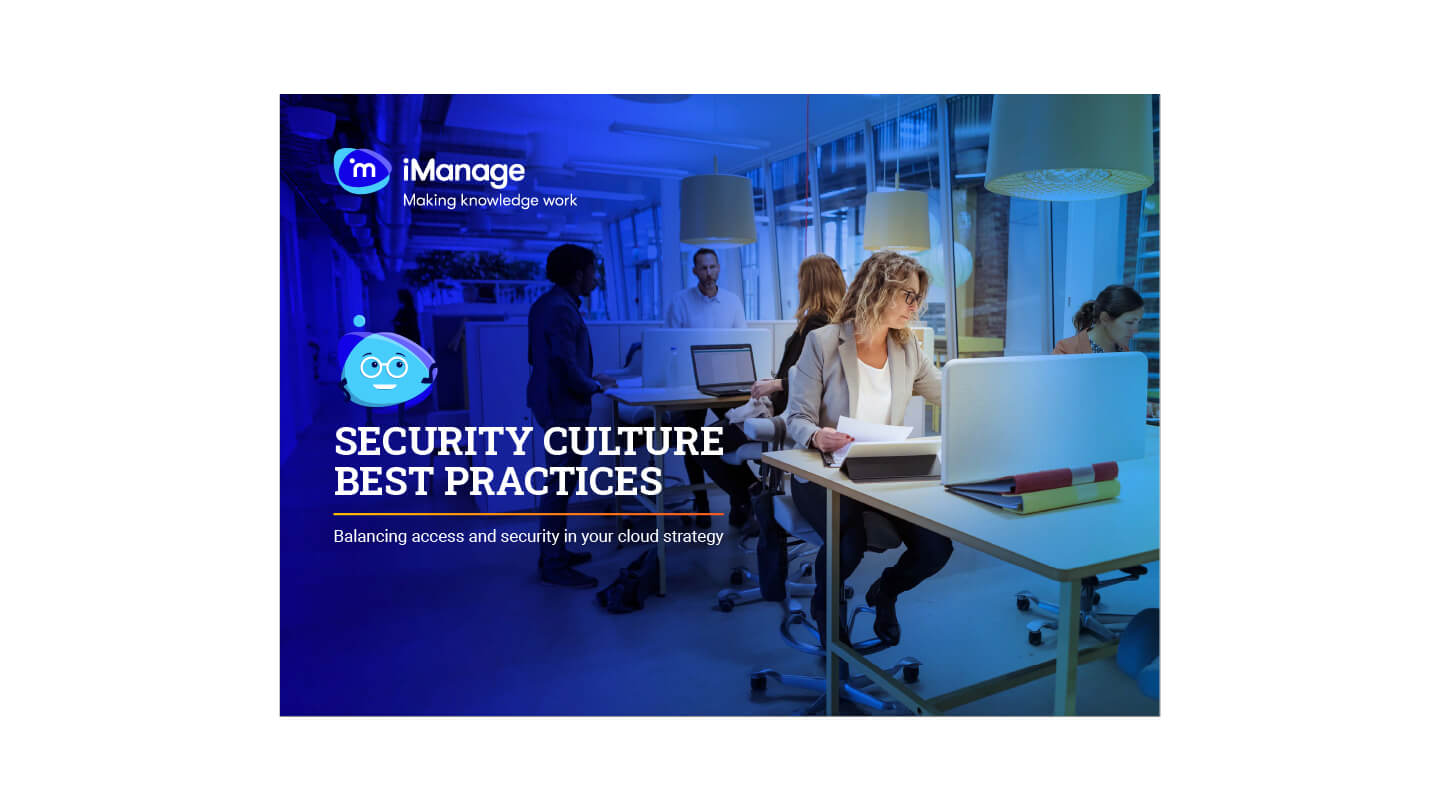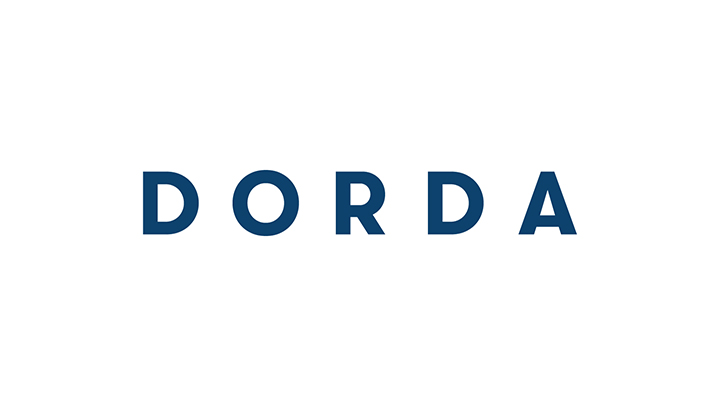It's hard to imagine that there was a time when the legal industry was thought to be at low risk of cyberattacks. We know now that that's no longer the reality.
Per the American Bar Association (ABA), cybercriminals are targeting law firms due to the sensitive nature of the information they hold. However, cybercriminals are only the start, as not every data security risk your firm faces will come from outside your organization.
Information security can be complex and overwhelming, especially in small and midsize law firms, where there may not be a dedicated security or IT team to protect the firm from growing threats. It then becomes the responsibility of the firm's staff to protect client data by taking the necessary precautions and adopting security best practices.
Read on to learn more about the current trends that could be putting your firm and data at risk and the steps you can take to reduce the impact on your organization.
Internal negligence can threaten your data security
Contrary to popular belief, most insider threats to organizational data are not bitter former (or soon-to-be-former) employees, but rather well-meaning staff who put data at risk through mistake or negligence. The 2022 Cost of Insider Threats Global Report, based on research conducted by the Ponemon Institute, found that negligent employees were the root cause of 56% of cybersecurity incidents experienced by survey respondents. Human error, not malicious intent, was responsible for the majority of insider incidents covered in the report.
A good employee education program is key to reducing mistakes that could lead to data breaches. Security awareness training that is both engaging and relevant can help to expose common mistakes and allow employees to adopt best security practices into their working routines.
Employee turnover can compromise your information
Soon-to-be former employees pose their own set of risks to law firms. Between the ongoing resignation trend and layoffs associated with our current economic uncertainty, it’s safe to say that employee churn is still high. This is more than a staffing and resource issue—it can also affect the security of your information. When employees leave, they may want to take your information with them. According to recent data, 53% of employees believe that because they worked on a document, it belongs to them. So, malicious or not, employees who leave may exit with confidential documents in (virtual) hand.
To combat this risk, organizations need to ensure their internal policies cover the rules around company data and that these are clearly understood by all employees. Being fully aware that they are in breach of company policies should deter employees serving their notice from taking documents with them in most cases.
Remote working can bring new risks to your firm
Remote and hybrid work are here to stay. According to data from the Pew Research Center, before the onset of COVID-19, approximately 23% of individuals who were able to do their jobs remotely worked from home all or most of the time. In early 2022, that number had grown dramatically to 59%.
Although remote and hybrid working offer numerous advantages, they also bring risk. Many cybercriminals are targeting remote workers since home networks and personal devices are typically not as fully protected as ones in the office. Criminals also expect remote workers to have their guard down at home and take advantage of this by targeting remote employees with social engineering attacks like phishing.
Ensure remote workers complete security awareness training that will teach them to keep their guard up and avoid falling victim to the social engineering techniques used by bad actors to gain access to user credentials.
Remaining on-premises can limit threat readiness
Small and midsize firms often find themselves without IT teams. But when they do have IT teams, they can often be overworked, especially when they are tasked with managing on-premises technology. Organizations are constantly under threat, with the average seeing 497 cyberattacks every week. Software patching is one part of cybersecurity hygiene that helps reduce an organization’s attack surface, but manually installing and distributing these updates is a big job for a small IT team.
Moving your document management to the cloud improves security while limiting the burden on IT. With cloud solutions, most vendors offer unlimited updates throughout the license period. This eliminates the need for manual patching and ensures your technology always has the latest security updates.
iManage: Your partner in security, no matter the threat
Security threats abound for small and midsize firms, but iManage is here to help. iManage works to protect your information from new and recurring threats, whether these are posed by external criminals or negligent insiders. With iManage, firms can meet client requirements by maintaining a high level of information security and governance while adhering to regulatory and compliance requirements.
iManage solutions are built with security at their core. This means that from the initial discussion on requirements to the delivery and support of a customer solution, iManage embeds security best practices across its platform for a comprehensive yet unobtrusive approach. With the whole document lifecycle secured, being safe isn’t a barrier to being productive.
As our customers can attest, the level of security provided by the iManage platform can make a big difference for your firm. Melvin Evans, Director of Information Technology at Hand Arendell Harrison Sale, told us this in an interview:
“I never have a worry or doubt that my data is secure. With iManage, I know that it’s in a safe, secure place and that we’ll always be able to find what we need when we need it.”
The security our products provide makes choosing iManage a no-brainer. Joe Fousek, CIO at Bond Schoeneck & King put it this way:
“When you can paint that picture of having everything at your fingertips, secured, and accessible to the right people at the click of a button, I think it paints a business use case that all business leaders can understand well.”
Your clients, too, will appreciate the security of iManage products. As Clint Kehoe, Director of Information Technology at Neal, Gerber & Eisenberg said:
“Our financial services clients have very strict security and auditing requirements, and it was imperative we select a state-of-the-art platform that can secure and manage all our files. Throughout our evaluation process, iManage repeatedly demonstrated that its architecture and platform capabilities provide the highest level of protection our clients are requesting.”
The iManage platform manages security, privacy, and risk without negatively affecting access or knowledge flow. Discover more about how our technology supports our customers in the full interview with Joe Fousek, CIO, Bond Schoeneck & King.
Want to learn more about hybrid working and security? Check out our free eBook, Secure and Productive from Anywhere.




